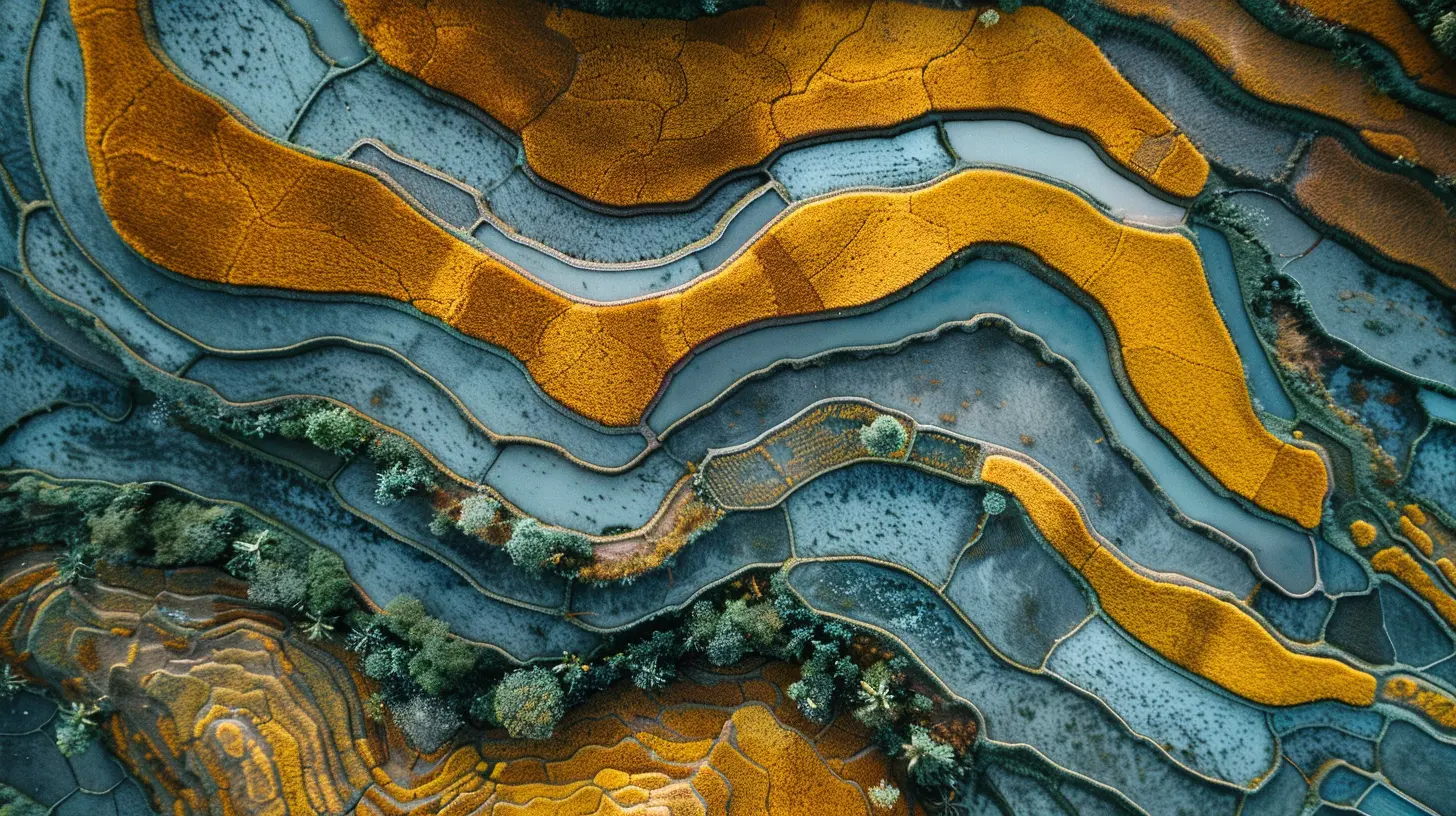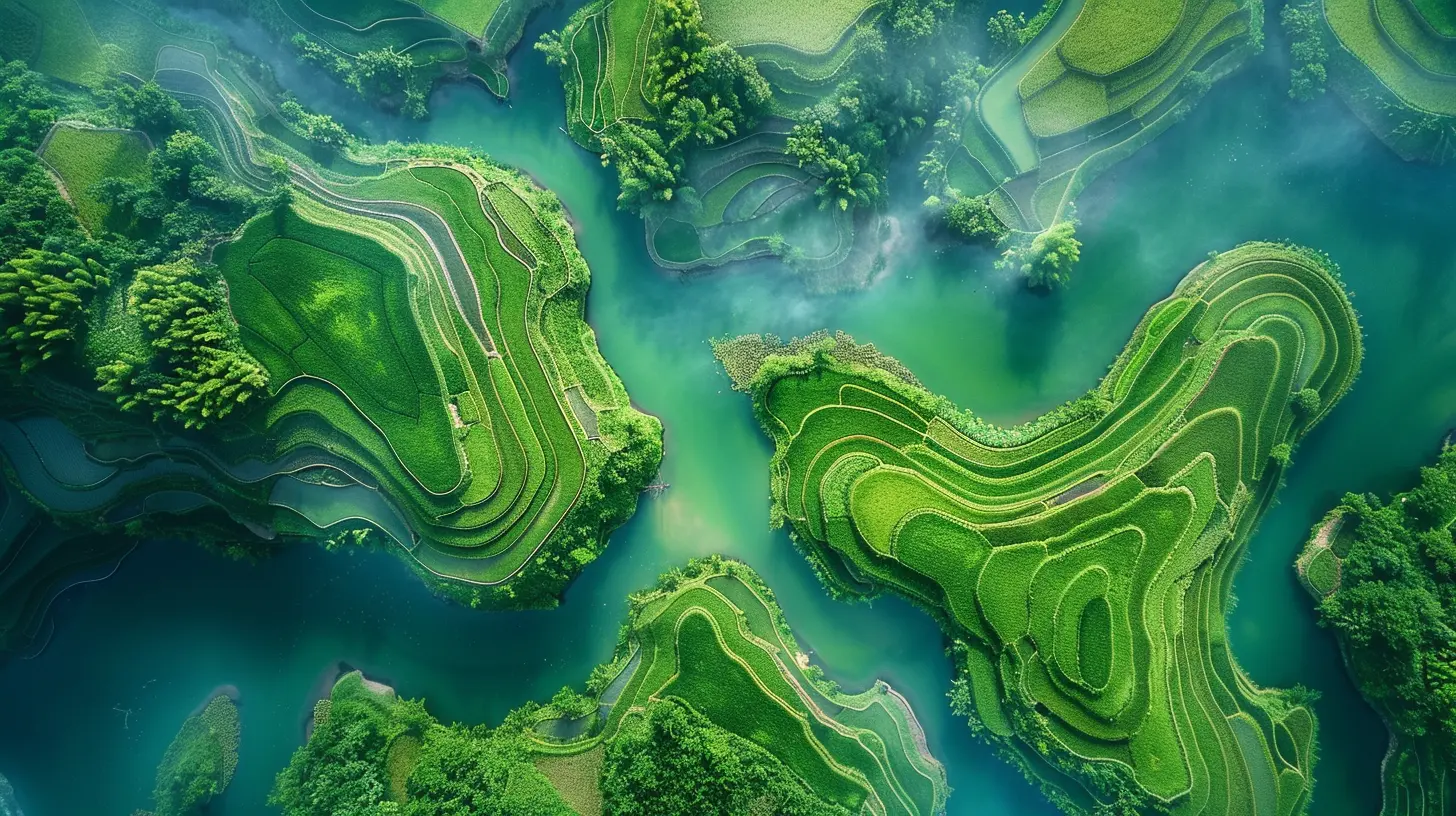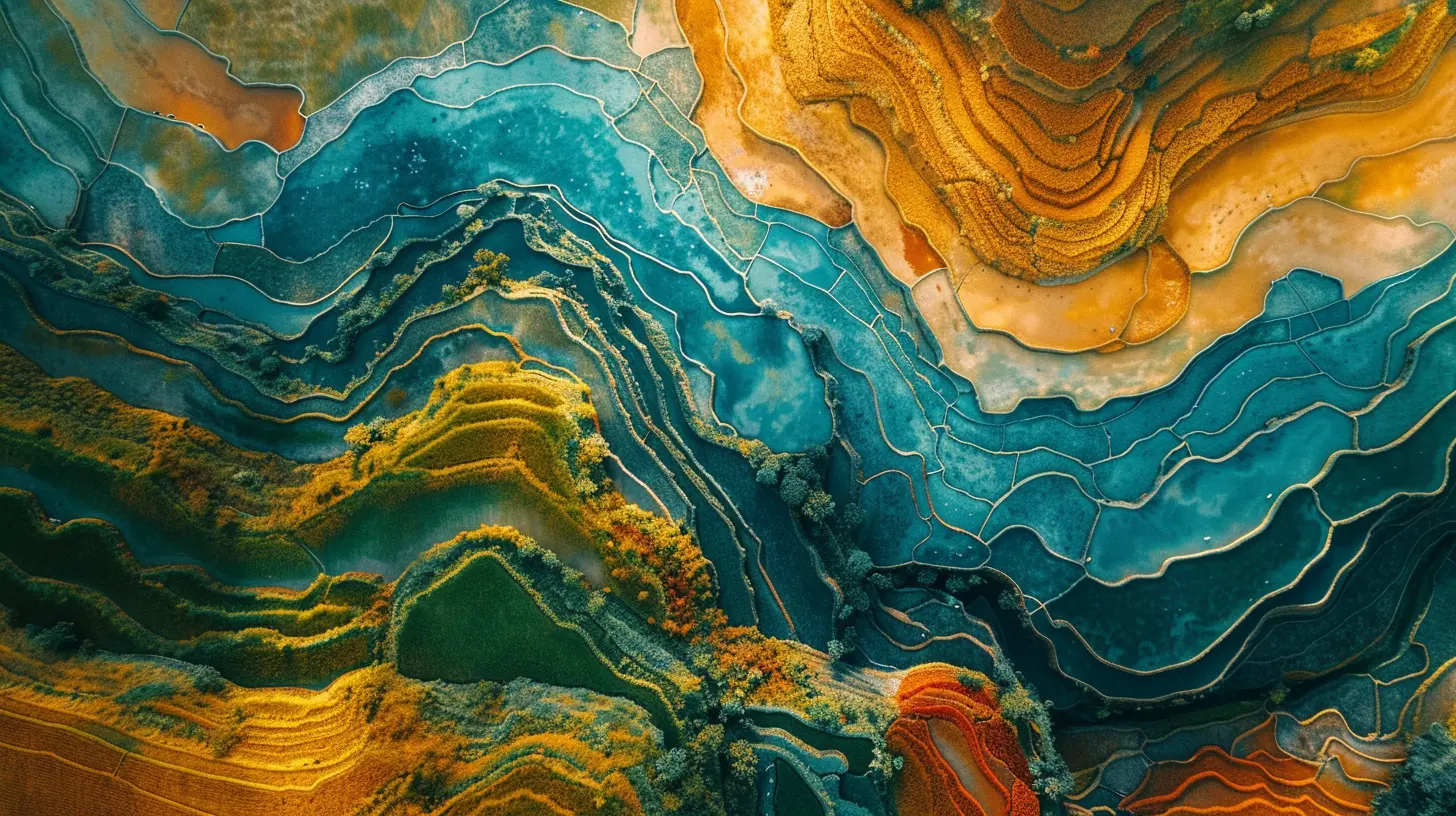When to Explore Vietnam’s Rice Terraces at Their Most Vibrant
19 November 2025
Vietnam’s rice terraces are like nature’s staircases—lush, dramatic, and incredibly picturesque. Whether you're a shutterbug looking to capture jaw-dropping landscapes or just someone who loves getting knee-deep in culture and natural beauty, these emerald wonders are bound to leave you in awe. But here's the kicker: timing is everything.
These terrace fields don't show off their full glory year-round. If you want to catch them when they’re bursting with color and life, you’ve got to plan your visit wisely. So, let’s break down when to explore Vietnam’s rice terraces at their most vibrant and why this should be on top of your travel bucket list.
Why Vietnam’s Rice Terraces Are Worth the Hype
First off, Vietnam isn’t just about pho and scooters zipping through bustling streets (though, yes, both are amazing). Head north, and you're in a completely different world—rolling hills, tribal villages, and rice terraces sculpted into the mountainside like Mother Nature's own amphitheater.These terraces are more than just a pretty face for Instagram. They’re living, breathing cultural landscapes built and maintained by ethnic minority communities like the Hmong, Tay, and Dao. With generations of history bundled into every curve and contour, you're not just seeing beauty—you’re walking through tradition.
Top Spots in Northern Vietnam to See Rice Terraces
Before we zero in on the best time to visit, it helps to know where the magic happens. Northern Vietnam is where you'll find the juiciest views and most picturesque terraces.1. Sapa – The Classic Favorite
Set in the Hoàng Liên Son Mountains, Sapa is a postcard come to life. Think misty valleys, charming hill-tribe villages, and rice paddies that tumble down the hills like green waterfalls. It’s one of the most popular spots for a reason.2. Mu Cang Chai – Underrated and Unreal
If you want the beauty without the big crowds, Mu Cang Chai is your go-to. Located about 300 km from Hanoi, this hidden gem offers jaw-dropping views that rival Sapa but with fewer tourists. Great place to feel like you’re in on a secret.3. Hoang Su Phi – Raw and Remote
This one’s for the intrepid traveler. Hoang Su Phi in Ha Giang Province isn't easy to get to, but boy is it worth it. Around every hairpin bend is another “wow” moment. Less commercialized and more authentic.
The Rice Life Cycle – Why It Matters
Understanding the rice planting seasons is the key to unlocking the best time to visit. The transformation of the terraces depends entirely on the local rice-growing calendar, which varies slightly from region to region.Here’s the rice terrace glow-up timeline:
- Pre-planting (May – early June): Terraces are flooded with water, creating a mirror effect that reflects the sky—perfect for dreamy photos.
- Growing season (Mid-June – August): Fields turn vibrant green as rice shoots shoot up. Think endless greenery.
- Harvest season (Late September – early October): Fields shift to a golden yellow. The colors pop, and the scene looks like a living painting.
Each stage has its own unique beauty, but if you're after that “Whoa, this is unreal!” moment, read on.
Best Time to See Vietnam’s Rice Terraces Looking Their Best
Alright, let’s get down to it. Here's when each region hits peak beauty.🌾 Sapa:
- Best Time: Mid-August to early September- What to Expect: Fields are lush green in August and start turning golden by September. This is the sweet spot.
- Pro Tip: Consider timing your visit around Sapa Autumn Festival—you get culture, color, and epic landscapes all in one go.
🌾 Mu Cang Chai:
- Best Time: Mid-September to early October- What to Expect: This is golden season here. The fields are fully ripe and glowing in the sun. Farmers are out harvesting, which livens up the landscape with activity.
🌾 Hoang Su Phi:
- Best Time: Late September- What to Expect: Similar to Mu Cang Chai, golden hues dominate. Because of its higher elevation and remote nature, harvest may come slightly later than other regions.
Other Great Times to Visit (Not Just Peak Season!)
Let’s face it—traveling during peak season can mean crowds, higher prices, and booked-out accommodations. If you’re okay with a slightly different, but still stunning view, try these alternatives:Mirror Season (May – June)
Locals flood the terraces with water to prepare for planting. The result? Reflective pools that mirror the sky in a way that looks otherworldly.It’s quieter, cooler, and an absolute dream for photographers.
Lush Green Season (July – Early August)
The rice is young and neon green. It’s not “golden season” yet, but the vivid green is just as arresting. This time is also great for trekking since the temperatures are manageable.Weather 101: What to Expect Each Season
Knowing the local weather can help you avoid surprises. Northern Vietnam has a pretty distinct climate compared to the south.| Season | Months | Conditions |
|--------|--------|------------|
| Spring | Mar - Apr | Mild, dry, blooming flowers |
| Summer | May - Aug | Warm, humid, rainy (best for green terraces) |
| Autumn | Sep - Oct | Mild, dry, golden fields (best for harvest season) |
| Winter | Nov - Feb | Cool to cold, foggy, not ideal for terraces |
So, yeah... aim for late summer to early autumn if you're chasing peak rice terrace beauty.
Tips for a Smooth Visit
Planning’s half the fun, isn’t it? Here are a few handy tips to make your trip unforgettable.🚗 Getting There
- Sapa: Take a train or sleeper bus from Hanoi to Lao Cai, then grab a shuttle to Sapa.- Mu Cang Chai: Best reached by road from Hanoi (around 7-8 hours).
- Hoang Su Phi: A long—but scenic—ride from Hanoi, often requiring a few stopovers.
🏨 Where to Stay
- Go local! Homestays give you a true taste of ethnic culture and often include meals and guided treks.- Book in advance during peak season. These spots may be remote, but they fill up quickly.
🥾 What to Pack
- Comfortable trekking shoes- Lightweight rain gear (Weather can flip in minutes)
- A camera (obviously)
- Power bank (some areas have limited electricity)
Why You Should Go Beyond the View
Sure, the landscapes are stunning. But the real treasure? The people. Chatting with a Hmong grandmother weaving traditional fabric or watching a family harvest rice together? That’s where the soul of the journey lies.You’ll find kids running barefoot along the terraces, farmers whistling tunes, and women in vibrant traditional dress weaving stories with every stitch. It’s not just a trip—it’s a window into another world.
Final Word – Catching the Magic at the Right Time
Vietnam’s rice terraces are more than just a pretty face. They’re living proof of human ingenuity and harmony with nature. Timing your visit between August and October gives you front-row seats to one of Asia’s most awe-inspiring shows.So, whether you're chasing that perfect photo or a soulful cultural escape, now you know when to explore Vietnam’s rice terraces at their most vibrant.
Pack your bags. The mountains are calling.
all images in this post were generated using AI tools
Category:
Best Time To VisitAuthor:

Claire Franklin

